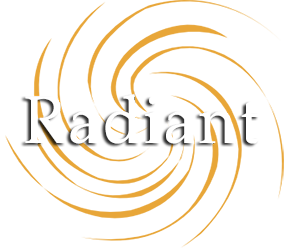Client Assessment
Personnel Involved: SAP Basis, Core Technology Team, Network Services, Organization Architects, Windows/LDAP /Messaging Teams
Duration: TBD based on Project Scope
Delivery Methodology: Onsite and Remote Delivery
Deliverable: Complete inventory of migration components and logistical dependencies

“Seek first to understand, then to be understood” – S.R. Covey
During this phase Radiant Personnel will assess the as-is state of the client’s SAP implementation to formulate a complete end-to-end migration strategy. During this time the client is about to undergo a major shift in how their SAP architecture, operations, maintenance, and overall system well-being will be managed. This change requires a thorough understanding of both the present-state as well as the desired end state. Radiant understands that in the majority of cases the migration must be completed with as little impact to the current business processing operations as possible.
These are all very challenging situations that will arise and it is the responsibility of Radiant Consulting to provide a clear and concise roadmap to achieving a successful migration. Some of the high-level activities associated with this phase of the migration include the following:
-
Understanding the current inventory of Business Software components (Both SAP and Non-SAP) that will be targeted for migration
-
Understanding the underlying hardware architecture supporting the current operational business model
-
Understand the current product licensing as it relates to hardware platforms cpu/cores/MAC Addresses) etc.
-
Understand current Business SLA’s that are currently in place in order to maintain complimentary SLA’s post migration
-
Understand current HA/DR requirements in order to maintain Executive Business expectations – or in some cases establish
-
Understand Legacy components that may have to be replaced and/or modified during the migration
-
Understand the current Interface and communication architecture in order to plan/build/configure a post migration model that operates efficiently
-
Understand any client requirements that will materially add/change the post migration architecture
-
Understand the current DEV/QA/PRD footprint and its associated sizing with respect to resource utilization
-
Understand current Network Footprint for existing Business Operations


